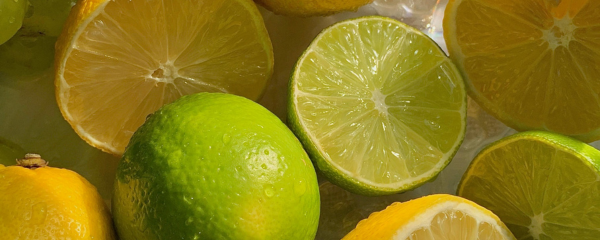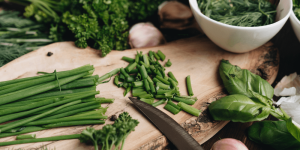Your Guide To Lemons & Limes

Did you know, you can switch lemons and limes in most recipes as the main difference is really your personal taste.
In general, limes have slightly more sugar and acid than lemons which does make them taste a little sweeter. Lemons are usually larger than limes and often yield more juice, so consider this when a recipe asks for the juice of one lemon as it may require the juice of two limes.
Here are some tips that apply to both lemons and limes, and in most cases other citrus fruits as well.
Zesting
The zest of lemons and limes are strongly flavoured with essential oils. When grating zest, remove only the outer, coloured portion of the rind. The white pithy layer is quite bitter! Give them a good rinse in water and rub the skin before zesting, to remove any impurities and achieve the best quality zest.
Cooking
Try squeezing fresh lemon or lime on salads and steamed vegetables in place of salt or butter for a kick of flavour. In doing so, you will reduce your salt and fat intake!
Juicing
You should refrigerate lemons or limes (or oranges) for several hours, then pop them into the microwave for 15-20 seconds right before juicing. You can also get their juices flowing by rolling them with your hand on a cutting board before you cut them.
Freezing
If you are using only the juice of citrus, or your recipe calls for only the zest, you can freeze the juice or zest to use in the future. It will last for a few months and retain its full flavor if stored correctly in your freezer. Ensure zest is pat dried and placed on a sheet of baking paper to freeze, before placing in a sealed container to store in the freezer. Freeze lemon or lime juice in ice cube trays for easy access and a great addition to still or sparkling water.




